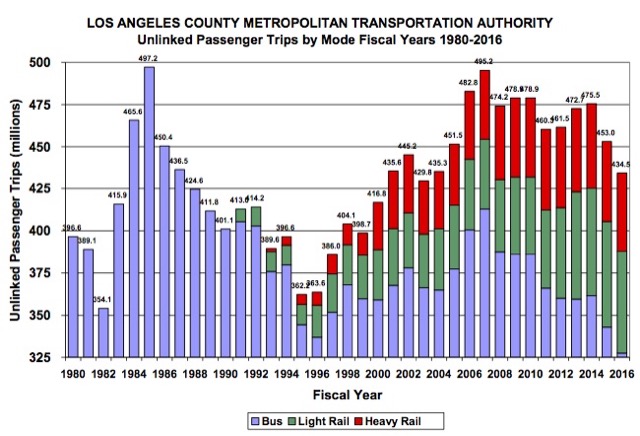Jack Ward Thomas, the 13th chief of the Forest Service, died the other day, and with him went a lot of the traditions of the Forest Service, both good and bad. Thomas was a top-notch researcher with an expertise in elk and other large mammals, and as a Forest Service wildlife biologist he published some of the most important research showing that timber harvesting wasn’t always compatible with game habitat. Unfortunately, his appointment as head of the Forest Service was an example of the Peter Principle, as it put him in the middle of a highly charged political environment that he wasn’t trained to deal with.
I first met Jack when we were both doing research in Northeastern Oregon forests, and I have a few fond memories of him. However, I can’t say I knew him well enough to write a eulogy for him. Instead, I’d like to eulogize the era of the Forest Service that he represented.
The Forest History Society says Thomas was the first person since 1910 to be made chief as a political appointment. I don’t think that’s quite true: in 1933, Assistant Secretary of Agriculture Rex Tugwell named his friend, Ferdinand Silcox, chief even though Silcox hadn’t worked for the agency in 16 years. The seven chiefs between Silcox and Thomas, however, all had worked their way up the ranks of the agency, having spent time in local, regional, and Washington, DC, offices of either the research or national forest branches of the agency. Most of them remained chief until they were ready to retire, as no president between Taft and Clinton ever tried to replace a chief with someone of their own liking.








